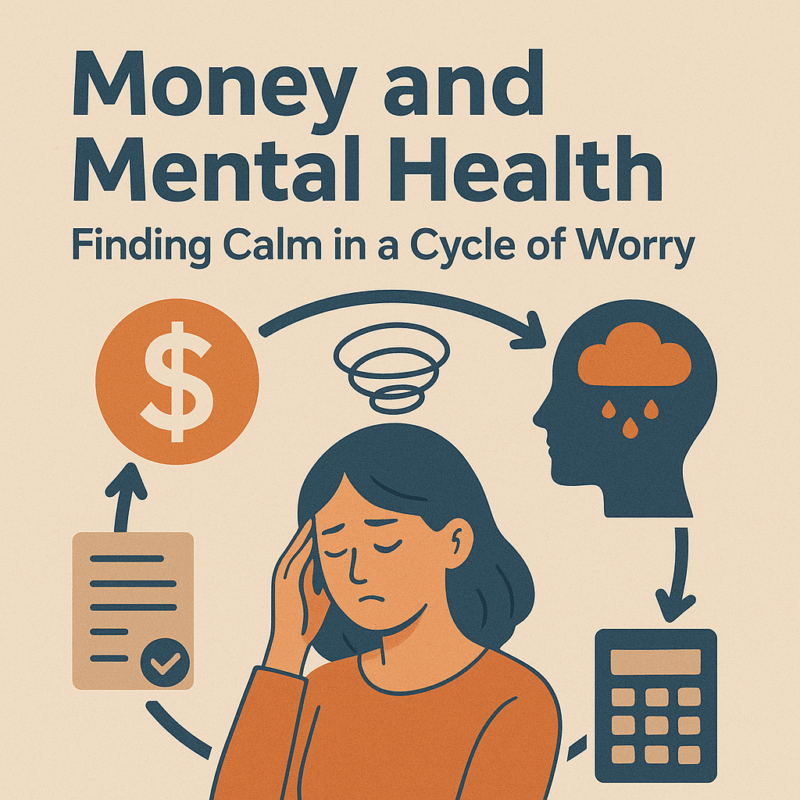Over 3.3 million adults between the ages of 20 and 34 were still living with their parents in 2013, which is 26% of that age group. Remarkably, this means that the number has grown by a quarter since the ONS started collecting data on this topic in 1996, despite the total number of people in this age group remaining static.
The trend towards adult children returning to live with their parents has now become so widespread that the media commonly refer to those who do so as the “boomerang generation’’. The ONS figures suggest that this trend seems to affect some groups more than others. People aged 20–34 who still live at home are disproportionately likely to be male – a third of men among this age group still live with their parents, compared with only one fifth of women.
London has the lowest proportion of people aged 20–34 who still live with their parents (22%), whereas the highest is in Northern Ireland (36%). Cultural factors may partly explain this, as unmarried cohabitation is only about half as common in Northern Ireland as it is in the rest of the UK, so people are more likely to stay with their parents until they get married. However, given that London is the most expensive part of the UK for renting or buying a home, it seems odd that it has the lowest level of adult children still living with their parents. Maybe this is because many young adults now living in London have already chosen to move from elsewhere in the UK – away from the family home.
It is commonly recognised that the increasing cost of housing is likely to be the main reason why so many more young adults are now living with their parents for longer than they used to.
It is undoubtedly much harder for young adults to get on the housing ladder. The average house price paid by first-time buyers was only 2.7 times greater than their earnings in 1996, compared with 4.5 times greater now. Rents in many parts of the country have also spiralled upwards, driven by the growing demand from working people who need somewhere to live but can’t afford to buy.
High levels of regional unemployment and low wages among young people may also be a significant factor. Recent ONS figures show that 13% of the 20–34 year olds who still live with their parents are currently unemployed, compared with 6% among members of their age group who live independently. Add to these factors the growing burden of student debt, where many young graduates find that their net incomes are squeezed ever more tightly once student loan repayments have been deducted from their salaries.
The ‘boomerang’ effect is likely to be with us for a long time – certainly while a prevalent attitude is of owning property being more about having a commodity to be sold on or rented out for profit, rather than simply as a way of having a home. More of us will just have to get used to living with and subsidising growing numbers of next generation dependents. However, think of the possibilities; if they cannot get a job or earn enough to depart – the potential for low cost home help within the family or care workers in our old age presents itself!



